On April 17, more than 200 architects, allied design professionals, and students gathered at the Massachusetts Institute of Technology (MIT) in Cambridge for RECORD’s second annual Sustainability in Practice conference. Organized in collaboration with MIT’s School of Architecture and Planning, the half-day program featured responses to the changing climate—both practical and inspirational—presented by an impressive roster of speakers that included three American Institute of Architects (AIA) Gold Medal winners. Fittingly, the event was held at the Fumihiko Maki–designed Media Lab, a building that houses academic initiatives focusing on the intersection of research and practice, as Nicholas de Monchaux, professor and head of architecture at MIT, pointed out in his introductory remarks.
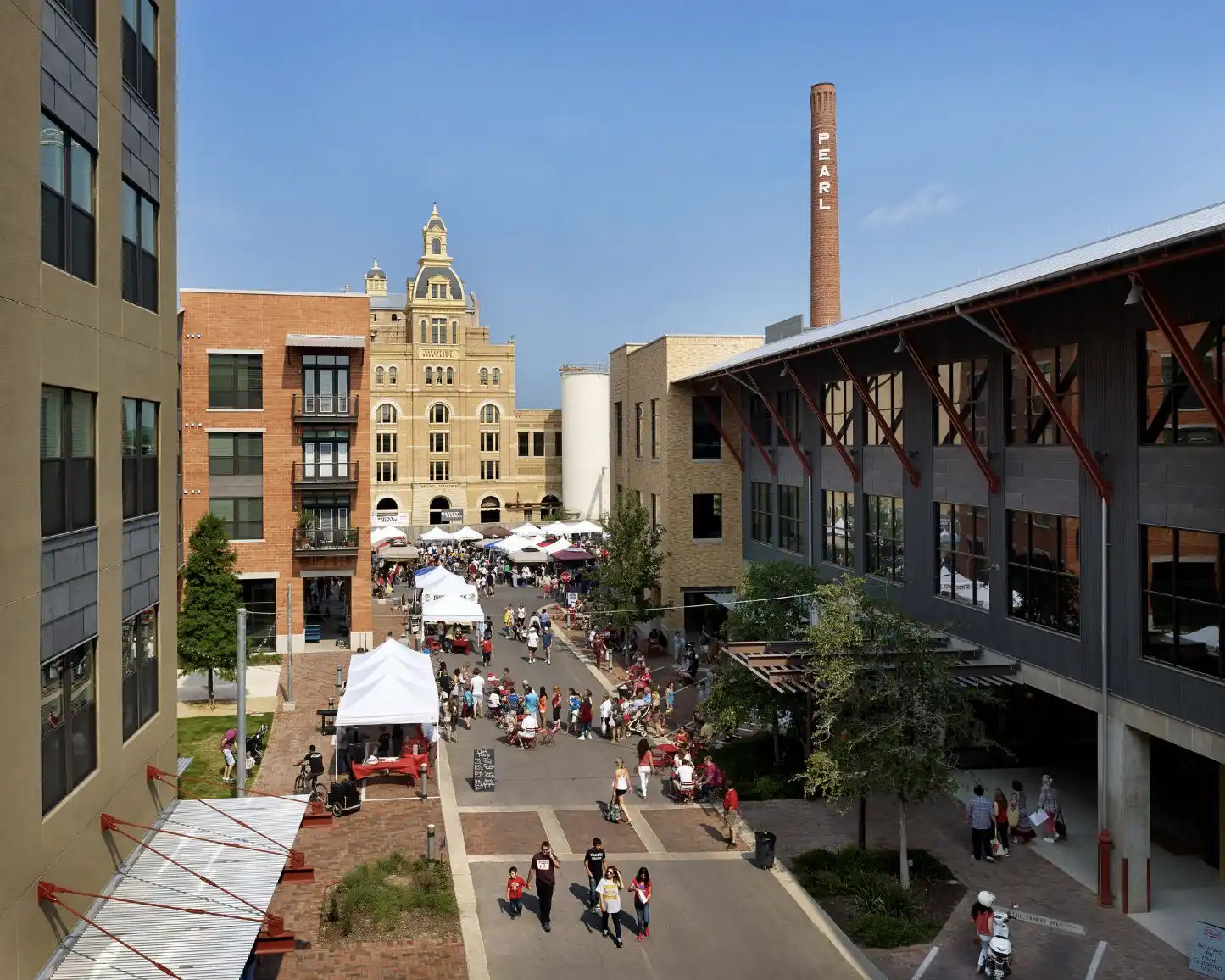
Pearl brewery redevelopment, San Antonio. Photo © Casey Dunn
Opening speakers David Lake and Ted Flato, founders of the Texas studio Lake|Flato and joint recipients of the 2024 AIA Gold Medal, chronicled their 40-year partnership, starting with ranch houses, often in remote locations, where concerns about the environment, weather, and landscape necessarily “took a back seat to style,” said Flato. What emerged, he explained, was a philosophy that “architecture ought to be particular to its place and responsive to the climate, leveraging materials and craft from those particular areas.” The duo then demonstrated how this thinking is threaded through the firm’s entire portfolio, in projects large and small, rural and urban. They discussed their adaptive reuse work, like the Pearl, a former brewery in San Antonio transformed into a lively mixed-use complex with restaurants, offices, and residences. They showed civic projects, including the LEED Platinum–certified Austin Central Library, whose six-story atrium provides daylight to more than 80 percent of the regularly occupied spaces. “We wanted the building to be shaped by light,” said Lake.
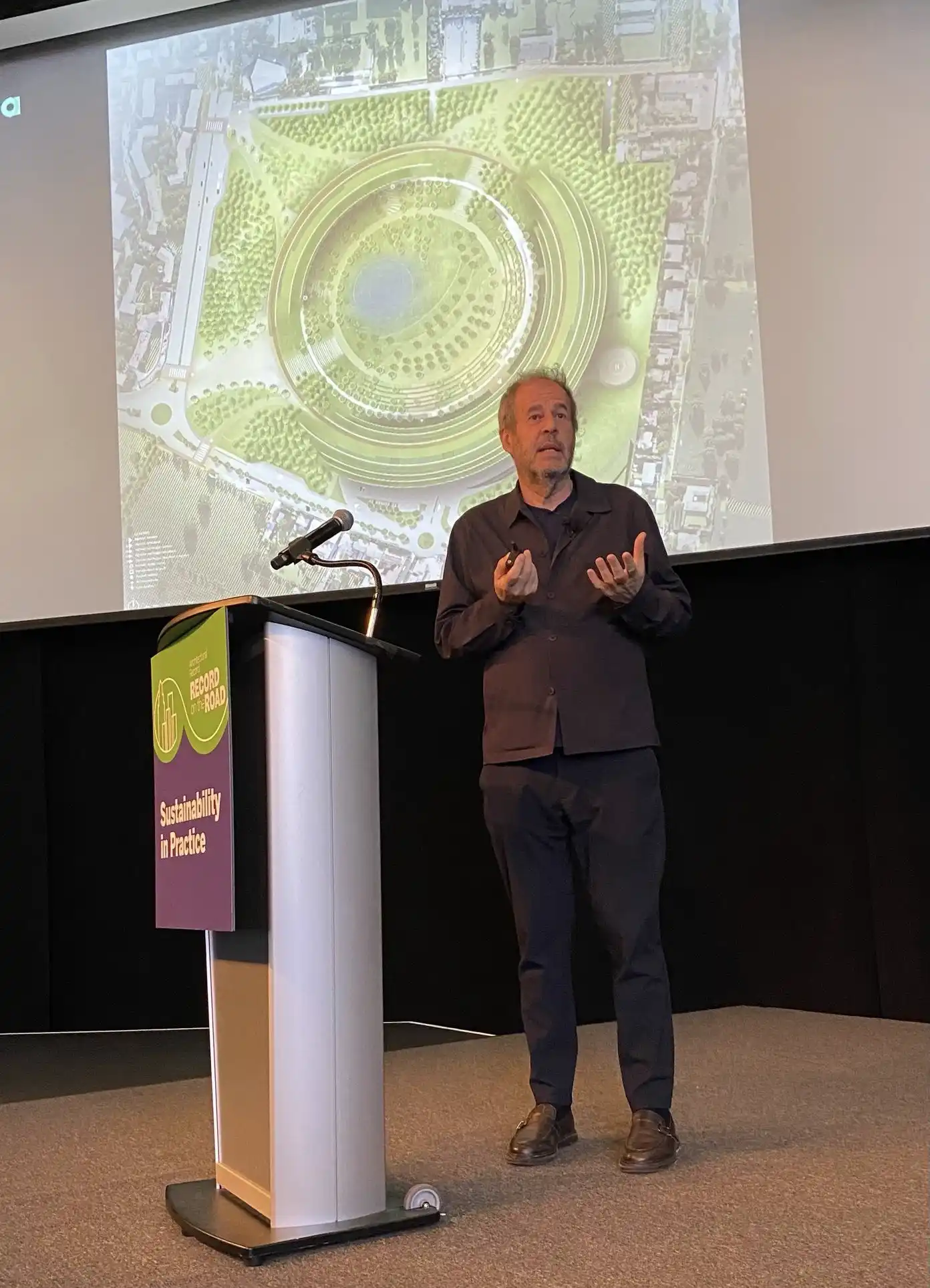
.Mario Cucinella presents a proposed project in Cremona, Italy. Photo © Architectural Record
The theme of architecture’s first principles and bioclimatic design was echoed in a session called “Creative Empathy,” by Italian architect Mario Cucinella, who has offices in Bologna and Milan. The solution to the climate crisis is more about design than technology, he said, adding, “a wrong building cannot be saved by technology.” Among the projects he presented was an elliptical office tower nearing completion in Milan that includes a south-west facing atrium. Together with the building’s facade system and a rooftop greenhouse, the space acts as an environmental buffer. He showed a proposal for a hospital in Cremona, Italy. The vast circular building would surround (and be surrounded by) landscape, allowing it to serve simultaneously as a healthcare facility and public park. He also discussed his TECLA prototype for 3-D-printed houses based on ancient beehive-shaped shelters and capitalizing on their temperature-regulation capabilities. The printing apparatus, he insisted, was rudimentary, as was the printing medium—earth. “All of the technology is in the code, not the hardware,” he said.
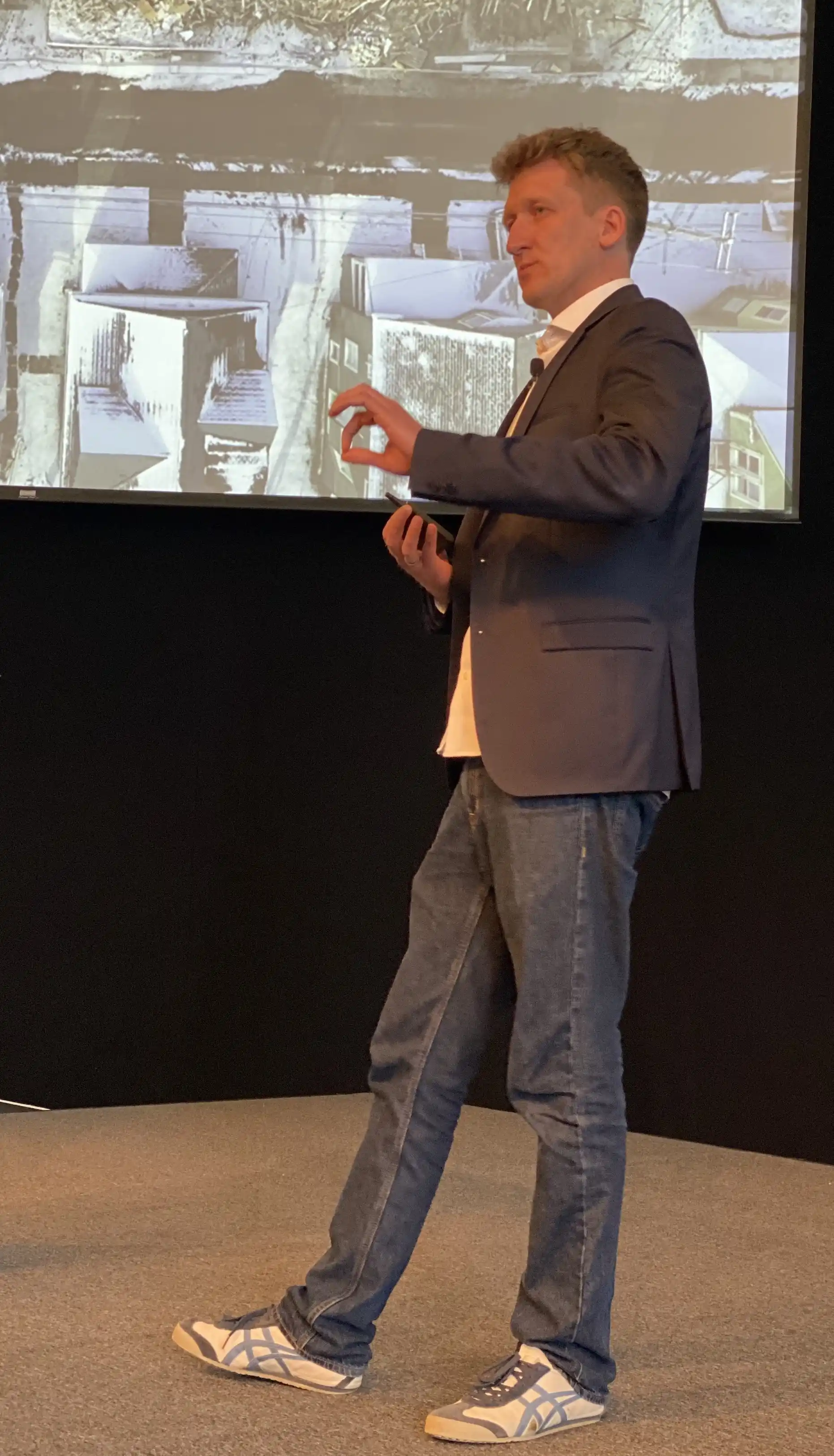
Felix Heisel. Photo © Architectural Record
Next up was Felix Heisel, director of the Circular Construction Lab at Cornell University, whose work focuses on methods for harnessing materials from demolished buildings for reuse and on strategies for construction that would facilitate disassembly. He spoke about the Catherine Commons Deconstruction Project—the 2022 dismantling of a group of wood-framed houses near the Cornell campus in Ithaca, New York, to make way for 300 new residential units. The effort included the “panelized” deconstruction of one of the structures, an “unbuilding process” that entailed cutting the house into the largest pieces possible and transporting them via flatbed truck to a nearby warehouse. That way, he explained, the most labor-intensive part of disassembly could be completed offsite and in a controlled environment. Some of this disassembly work was performed by architecture students, with the idea that it would inform their studio projects. “If you spend time trying to take something apart that wasn't meant to be taken apart, when you then go back to your drawing table, you will draw that detail differently.”
Heisel also described tools for deconstruction and reuse developed by the Circular Construction Lab, including ScanR, which combines LiDAR scanning, image recognition, and other technologies, to estimate the material contents of an existing building, and RhinoCircular, a Grasshopper plugin that helps generate a circularity report, even in the earliest phases of design.
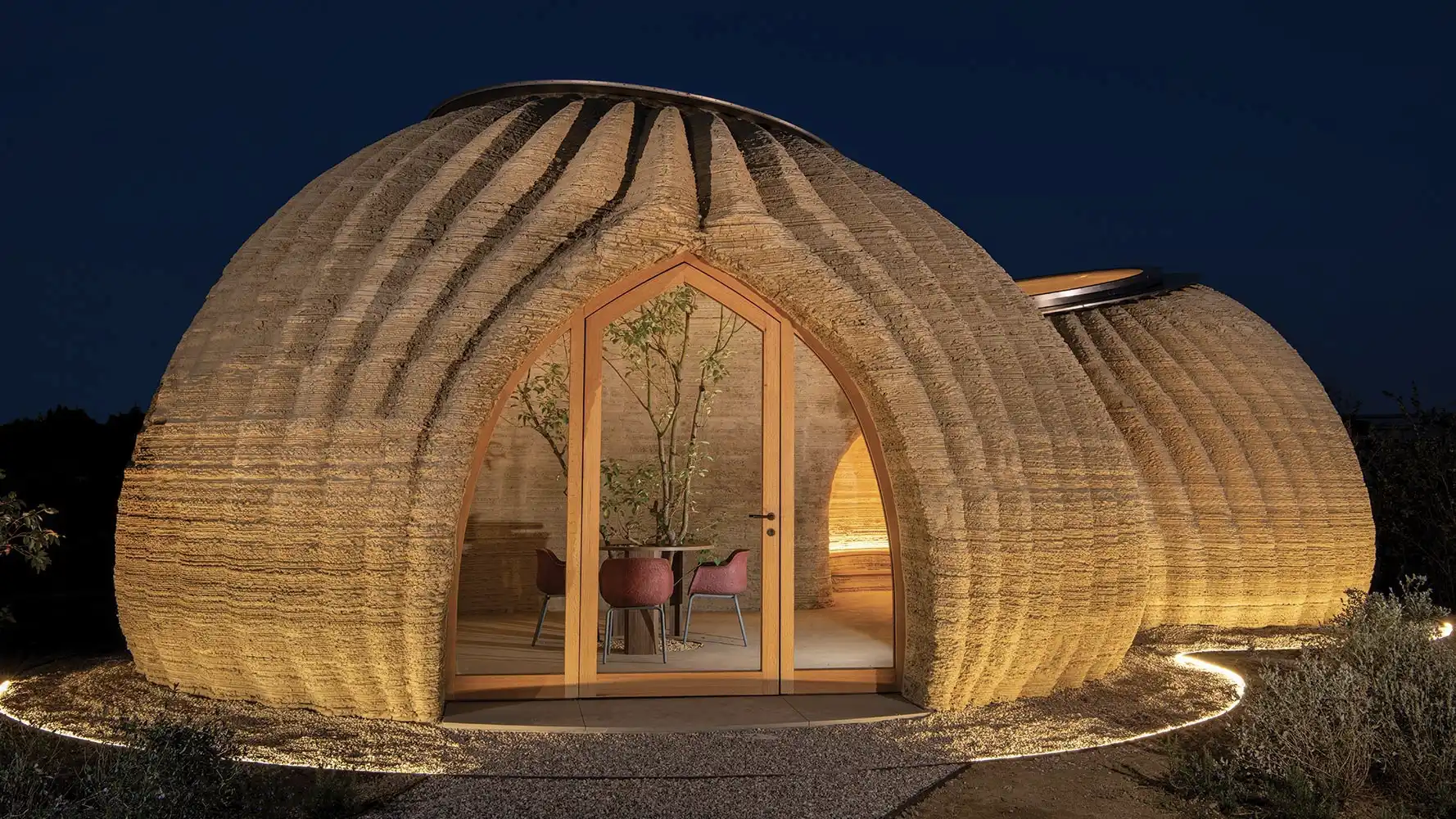
1
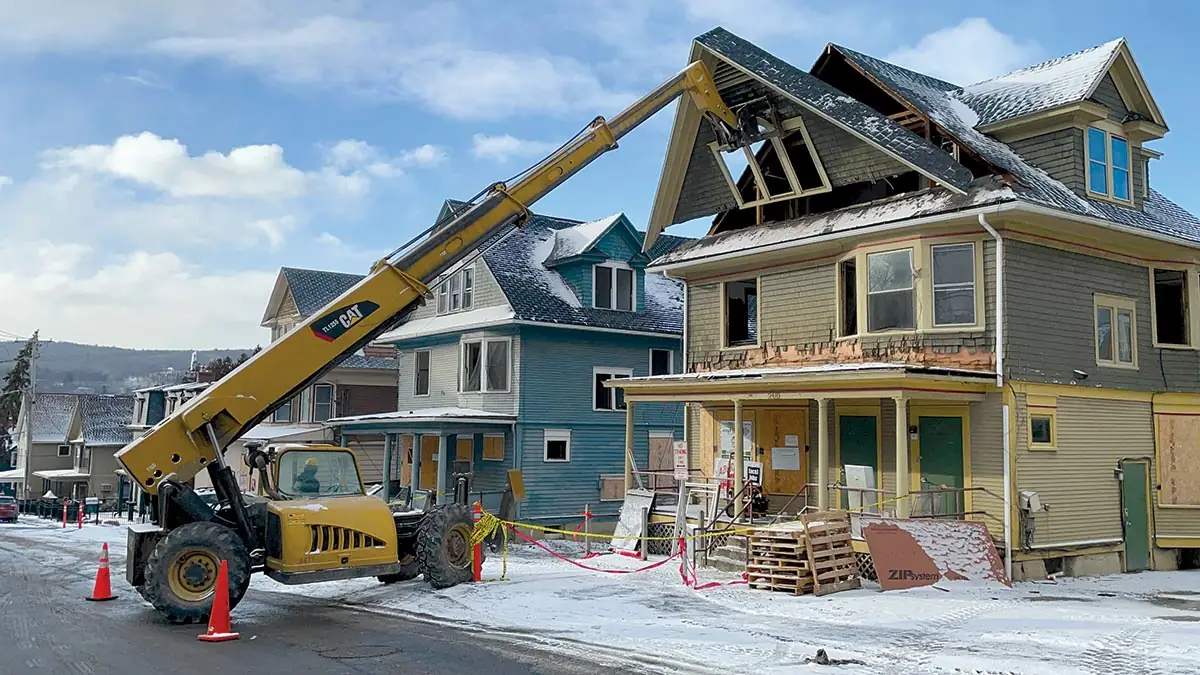
2
TECLA prototype, Ravenna, Italy (1); Catherine Commons Deconstruction Project, Ithaca, New York. Photos © Iago Corazzo (1), Felix Heisel (2)
Carol Ross Barney closed out the day with the 2023 AIA Gold Medal winner discussing a diverse set of high-performing projects from her Chicago-based firm, Ross Barney Architects. They ranged from a LEED-Platinum synagogue in Evanston, Illinois, a net zero ready laboratory for NASA in Cleveland, and two ultra-high-performing flagship restaurants for McDonald’s, one in Chicago and the other at Disney World, in Lake Buena Vista, Florida. “We don't do any building type regularly. I suppose that’s a defect,” she joked. However, a straightforward and elegant expression of program was evident in all the projects she showed. “If it's constructable and it's functional and it's economical, it will be beautiful,” she said, explaining her approach.
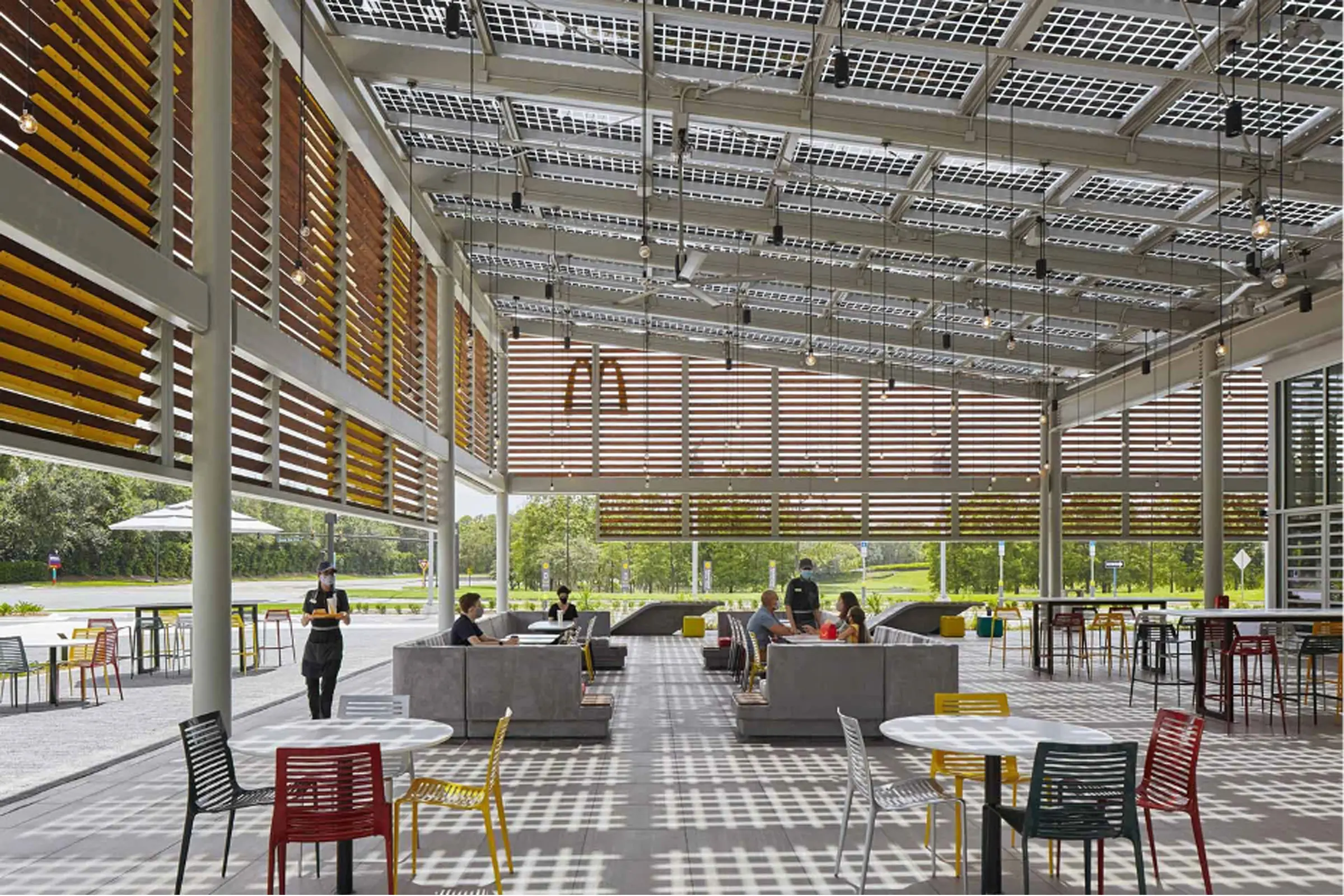
McDonald's flagship at Disney World Resort, Florida. Photo © Joyce Studios
Arguably, her projects with the most potential for informing the public about the potential for architecture to help address environmental problems are the two McDonald’s, given the franchise’s reach. The Chicago project, completed in 2018, was the first restaurant in the world to achieve LEED Platinum. It was also the first building in the city to use cross-laminated timber. It incorporates the kitchen of a restaurant previously on the site and a photovoltaic-topped pergola sheltering the whole structure satisfies 65 percent of the restaurant’s electricity demand.
The Disney flagship, completed in 2020, has the goal of net zero, meeting its energy needs with photovoltaics on its roof and over an outdoor dining area. To bring the net zero target within reach, Ross Barney’s firm worked with suppliers to optimize kitchen equipment, which generate the biggest loads. They also developed a “breathing facade,” enabled by a system of automated jalousies, which allows the restaurant to be naturally ventilated when outdoor conditions are right. The architects are currently finishing the final pieces of documentation for Zero Energy Certification through the International Living Future Institute.
Ross Barney ended her talk—and the conference—by urging architects to take action on the climate crisis. “This is the challenge of our generation,” she said. “I think that we are the people to solve it, and I know we have the right tools. It's just doing it.”
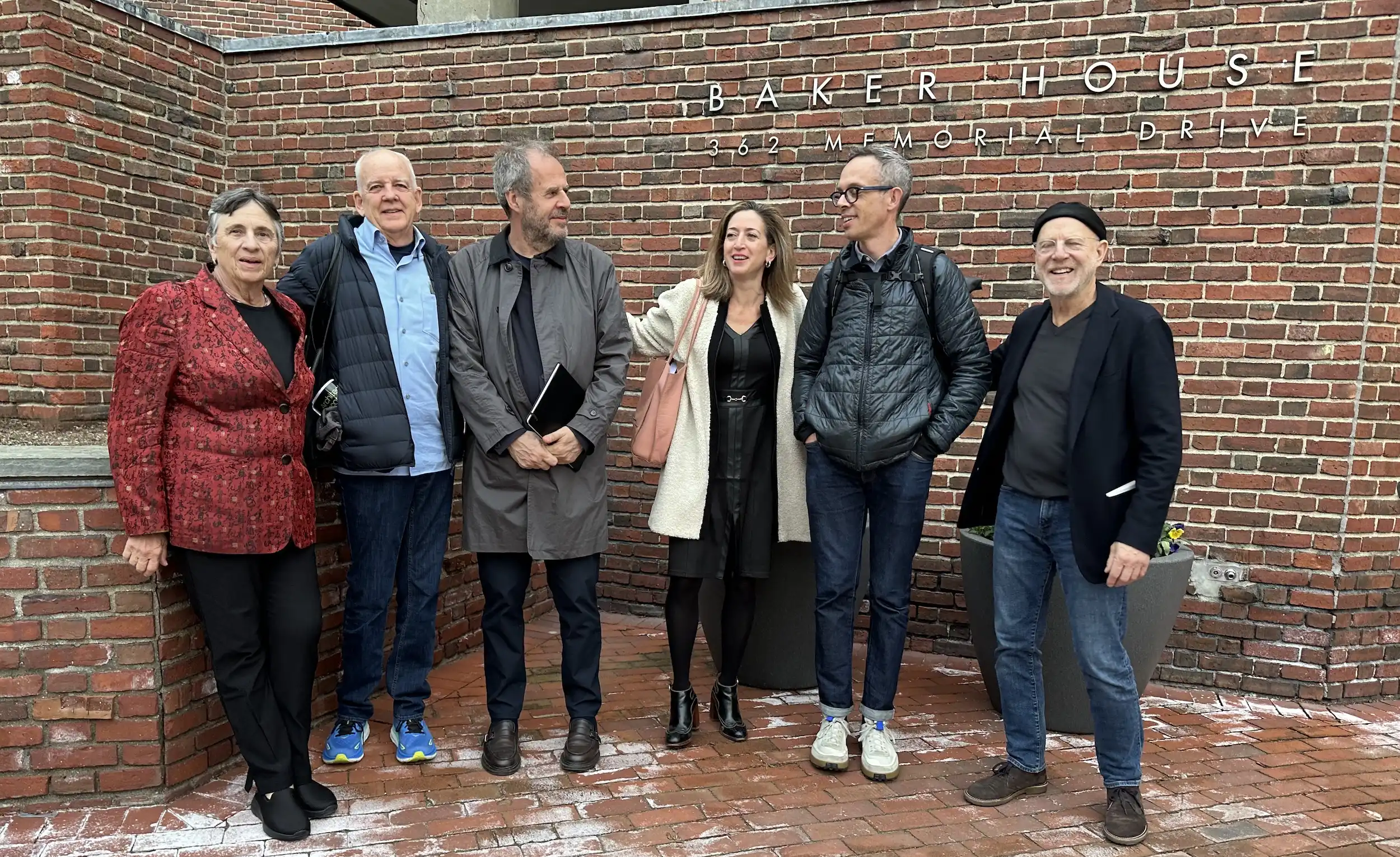
Pictured from left to right: Carol Ross Barney, David Lake, Mario Cucinella, RECORD editor in chief Josephine Minutillo, Nicholas de Monchaux, Ted Flato. Photo © Architectural Record


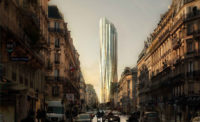
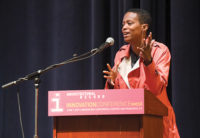
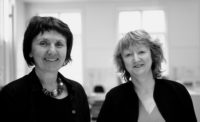
Post a comment to this article
Report Abusive Comment